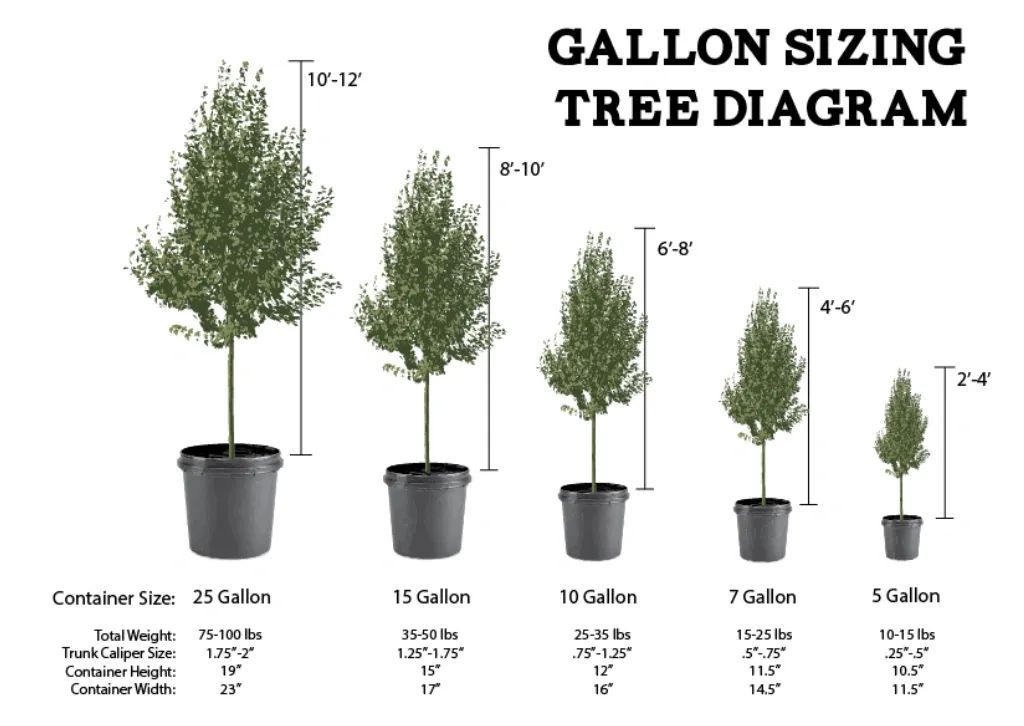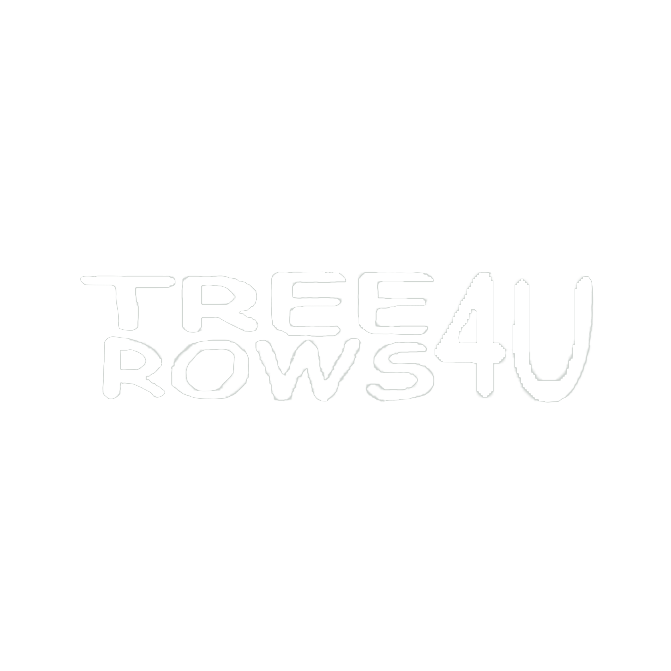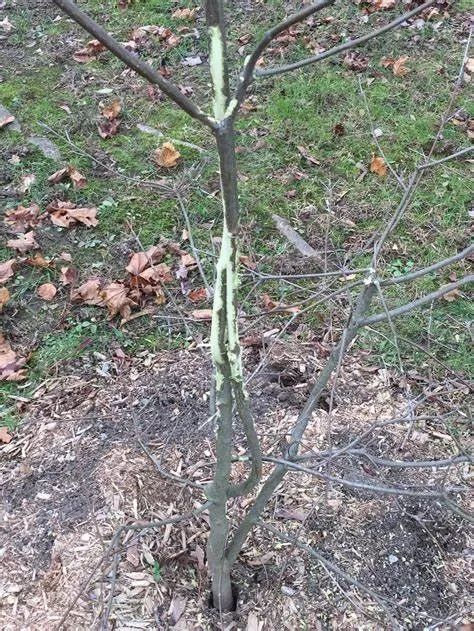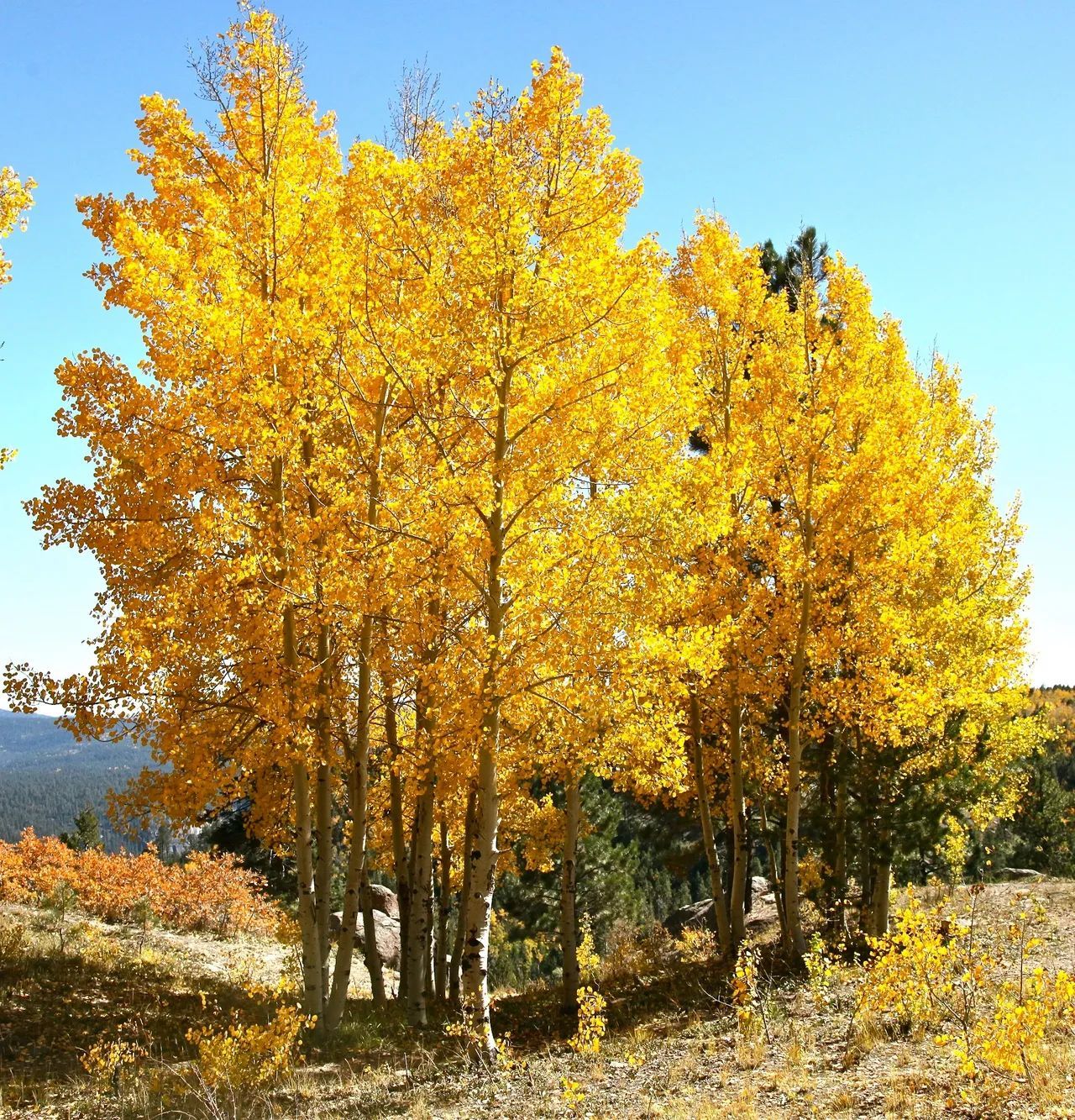Nursery Container Tree, Tree Pot Sizes, Large Pots for Trees
March 15, 2022

How do I know what size container tree I am buying?
How do I compare large pots for trees from different nurseries or sources?
What are different gallon size tree containers?
How are these tree pot measurements taken?
Tree sizes can be confusing. Especially if you are trying to compare trees from different nurseries from brochures, written quotes or online. Sometimes it is not practical to go to a physical nursery or multiple nurseries to compare. If you are planning for Spring planting nurseries may not be open, may not have stock accessible or may not have a physical store front.
These examples and descriptions should help to take some of the confusion and anxiety away, and allow you to understand and compare trees from different sources.
Nursery Trees can be found in 3 basic "forms": Bare Root, Container, or Balled in Burlap (B&B)
For this article we will focus on the container forms. Later articles will discuss the others, but this is one of the most common forms and can be one of the most confusing for sizes.
Container trees are just as they sound. Trees that are grown and sold in nursery containers to be removed from the containers and planted in the ground. They are commonly used by homeowners and landscapers in both residential and commercial planting. They are grown to a certain size, and then when planted give an immediate presence to the landscape. They are larger and more expensive than bare root, but have that advantage of instant tree appeal.
Typical container sizes are from 1 gallon standard up to 25 gallon standard containers, but can also be found in smaller and larger sizes. They may also be found in wooden baskets vs poly nursery containers. The "gallon standard" however does not actually give an accurate representation of the volume of the container. WHAT!? Yes, this is true. a 15 gallon standard nursery container or #15 nursery container does not actually have a volume of 15 gallons. The sizes came from the volume of loose potting soil that could be compacted into the containers when potting. Though this could be a wildly varying figure depending on the medium used, the moisture content of that medium, how "loose" it was before potting, and how greatly it is compacted. The containers DO follow a fairly universal standard though. The above diagram shows 5 of the most common container sizes for trees and the approximate measurements of each. Different manufacturers will vary to some degree, but most follow these numbers closely enough for all intents and purpose.
If you do some of the math from these measurements (and knowing the bottom diameters, as the sides are tapered), you will find that the approximate volumes of these sizes end up being around 0.7 gallons volume per "trade" gallon. Though again this can vary.
The illustration above does a very good job of showing a visual representation of what a buyer could expect from a particular trade size container. This will of course also vary on the species of tree, and even when they are purchased. A tree purchased in early Spring may be still dormant and show no foliage on the top side, while that same tree in mid summer may look even more full than what this illustration shows. If purchased in October that tree may again be dormant with no foliage, but the caliper of the tree and the root ball inside the pot may be outgrowing its container size.
Here in North Dakota trees are really best planted in Spring after the frost is out of the ground. They should be dormant or just coming out of dormancy. This will allow them to begin establishing roots immediately in their new home, while benefitting from milder temperatures and hopefully some Spring moisture. If you would like to get a jump start on establishing trees in your yard, visit us at Tree Rows 4 U . We offer free consults and quotes to help you get started on growing your trees.
Recent Posts






